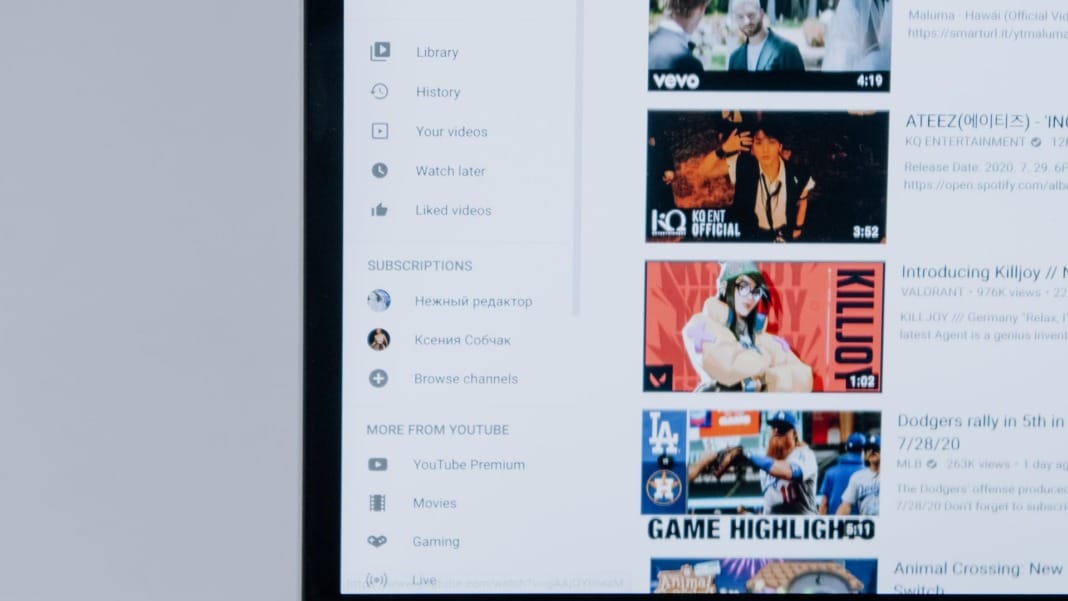YouTube has rolled out a new feature to simplify podcast distribution for content creators. The platform now offers RSS feed integration, allowing podcasters to upload their content to YouTube Studio easily. This integration eliminates the need for manual uploading, making it more convenient for audio-focused creators to expand their reach and audience.
Streamlining podcast distribution with RSS integration
RSS, which stands for Really Simple Syndication, is a technology widely used by podcasters to distribute their content across various platforms. With YouTube’s new feature, podcast episodes uploaded via RSS feeds are automatically converted into static image videos on the platform, streamlining the distribution process.
Automatic video creation process
Upon adding a new episode to a podcaster’s RSS feed, YouTube automatically generates a static image video for that episode and uploads it to the user’s channel. This automated process significantly reduces the time and effort required for creators, as they no longer need to create and upload videos for each episode manually.
How to utilise the feature
For digital marketers and content creators keen on leveraging this new feature, the process is straightforward:
- Click the ‘Create’ button in the upper right corner to access YouTube Studio.
- Select ‘Submit RSS feed’ and follow the on-screen instructions.
For those who already have podcasts on YouTube, navigate to the ‘Content’ tab, locate the desired podcast, click the pencil icon under ‘RSS settings,’ and then click ‘Connect to RSS feed.’
Advantages for podcasters
This integration transforms YouTube into a central hub for podcast creators’ content. By utilising their existing RSS feeds, creators can swiftly share their shows on YouTube without the hassle of manual uploading and management.
Moreover, the automated process saves podcasters valuable time and effort, enabling them to tap into YouTube’s extensive audience base. Expanding distribution to YouTube can significantly enhance a podcast’s visibility, attracting more listeners, views, and subscribers.
Diversifying across multiple platforms remains crucial for digital media creators’ audience growth. This new tool simplifies the process, making it easier for podcast producers to capitalise on YouTube’s immense popularity.
Although the RSS integration is currently in beta testing, YouTube aims to refine the feature based on user feedback. The company anticipates that it will serve as a valuable new podcast hosting and distribution option, further strengthening YouTube’s position as a leading platform for content creators.





